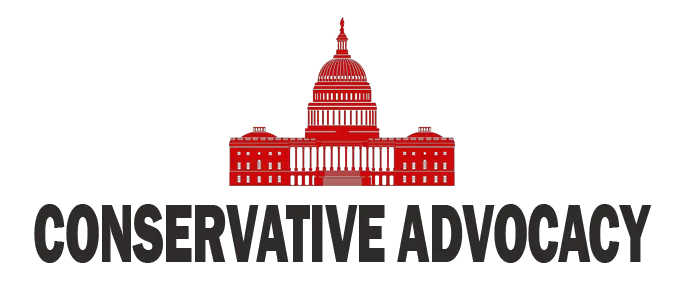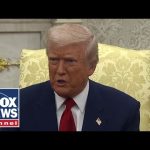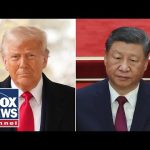President Donald Trump’s bold economic agenda has taken center stage, as his sweeping tariffs and “America First” policies aim to reshape global trade and revive U.S. manufacturing. With $10 trillion in global market value wiped out since the announcement of these tariffs, critics have been quick to sound alarms. Yet, Trump remains steadfast, arguing that these measures are necessary to bring jobs back to American soil and reduce reliance on foreign production. The stakes are high, but so is the potential for a transformative shift in the U.S. economy.
The administration’s strategy is clear: prioritize domestic production and penalize nations that exploit trade imbalances. Trump’s recent tariffs range from 10% to 50%, targeting industries like steel, aluminum, pharmaceuticals, and semiconductors. While the immediate market reaction has been turbulent, these policies reflect a long-term vision of economic independence. For decades, globalization has hollowed out America’s industrial heartland, leaving communities across the Midwest and Rust Belt devastated. Trump’s tariffs are a direct challenge to this status quo, signaling a return to prioritizing American workers and industries.
However, the road to reindustrialization is not without obstacles. Critics point to high labor costs and automation as barriers to reviving traditional manufacturing jobs. While these challenges are real, they are not insurmountable. The administration has emphasized workforce development and advanced manufacturing technologies as key components of its plan. By investing in skills training and modernizing factories, the U.S. can position itself as a leader in high-tech manufacturing sectors. This approach not only addresses current economic vulnerabilities but also strengthens national security by reducing dependence on foreign supply chains.
Internationally, Trump’s tariffs have sparked both backlash and negotiation opportunities. South Korea and Japan have already initiated talks with the U.S., seeking exemptions or reductions in tariffs by offering increased imports of American goods like liquefied natural gas. Meanwhile, China continues to push back against what it sees as economic aggression. These developments highlight Trump’s use of tariffs as a bargaining chip to secure more favorable trade deals—a tactic rooted in his business background. While some allies may bristle at this approach, it underscores America’s leverage as the world’s largest consumer market.
As midterm elections loom in 2026, the political stakes for Republicans could not be higher. Trump’s economic policies resonate deeply with his base, particularly in manufacturing-dependent regions critical to maintaining GOP control of Congress. Yet, Democrats are eager to capitalize on market volatility and voter anxiety over short-term economic disruptions. The success of Trump’s agenda will depend on his ability to deliver tangible results—revitalized factories, job creation, and restored confidence in American industry. For now, his administration is betting that bold action will yield long-term gains for both the economy and the Republican Party.




